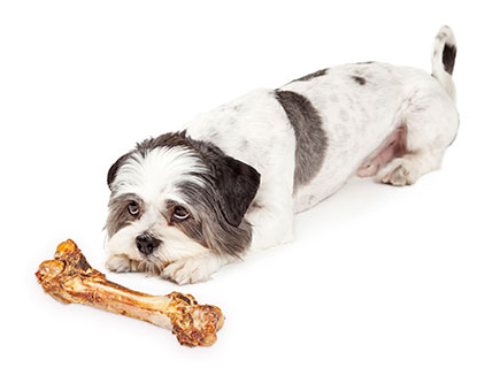Aquamation is a water-based alternative to cremation that uses an alkaline bath containing soil salt to break down the body of the deceased pet naturally. The process is also known as alkaline hydrolysis, water cremation, or bio cremation. Essentially, the pet’s body is placed in a container and then submerged in the alkaline solution. The container is then heated, and the solution and body are circulated for hours, causing the body to break down completely. Next, the water and alkali solution are removed from the chamber. Since this liquid solution is a mixture of amino acids, peptides, sugars, and salts, the water must be filtered and purified before it can be returned to the natural water cycle. What remains is bone fragments and white ashes. Some providers will also rinse and pulverize leftover bone fragments. After the process is complete, the pet’s remains are returned to their owner in an urn, which can be either biodegradable or traditional. The urn can be used to keep the pet’s ashes or can be buried if desired. One benefit of pet aquamation is that it is an environmentally friendly option. It does not produce harmful emissions and does not require the use of fossil fuels.
• This water-based cremation takes longer than traditional, flame-based cremation. Aquamation typically lasts between six and eight hours but can extend out to 20 hours depending on the size of the animal. Cremation doesn’t normally exceed six hours.
• Ashes are about 20% more than what is saved after a traditional cremation.
• Aquamation for pets’ costs more than cremation.
• Lots of equipment is needed, and that’s why funeral homes charge a lot to cover the cost of the equipment they use.
• Aquamation uses much less energy than conventional cemeteries, and no toxic gases are released into the atmosphere.
• Cremation Is Available in Most Areas but Aquamation May Not be
• Ash Color and Volume Differ between Cremation and Aquamation. Cremation remains often turn grey and sandy. Alternatively, aquamation produced a white uniform powder.





